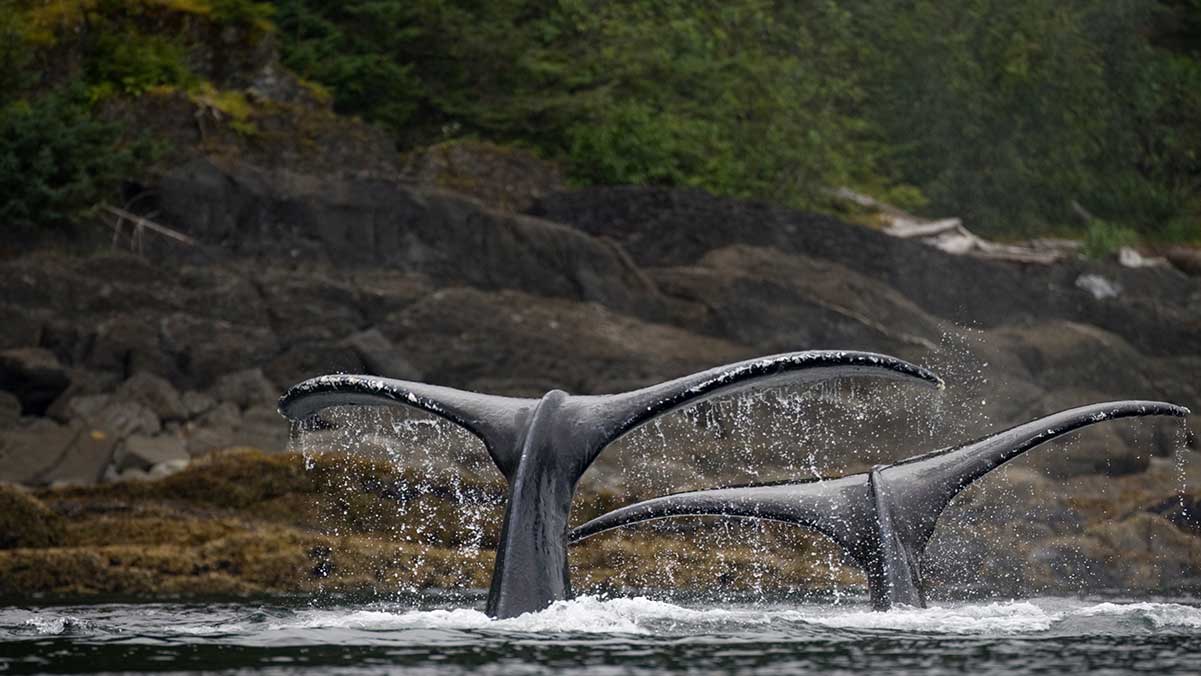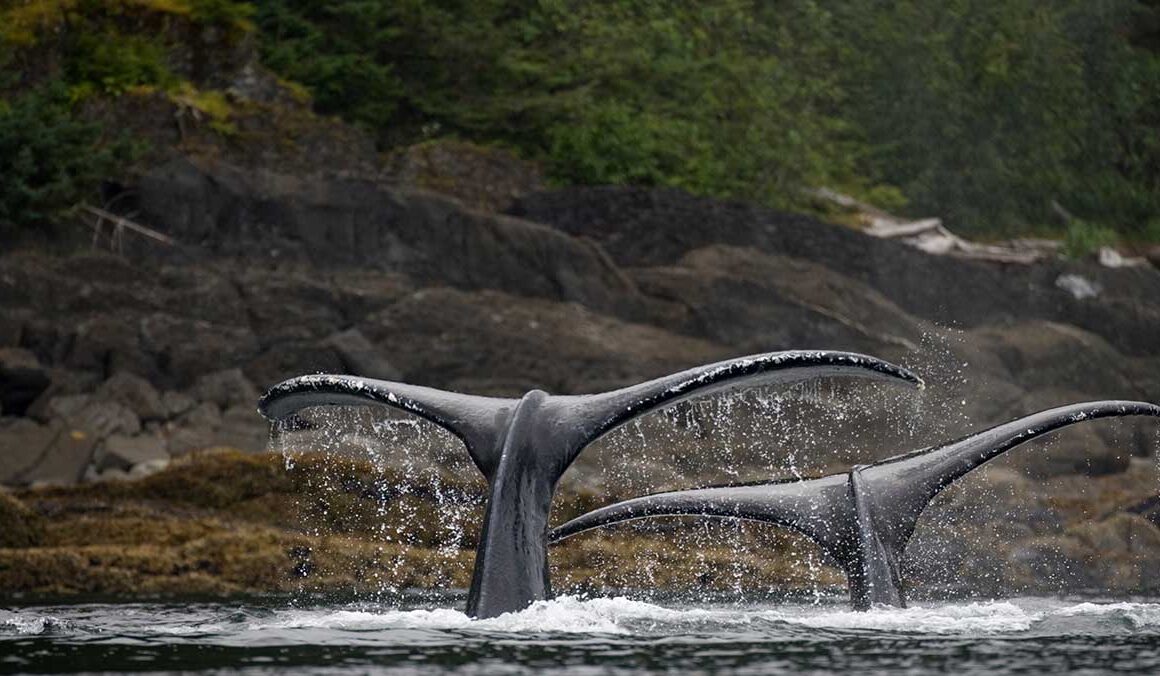Going, Going, Gone: Endangered Species Lost in 2023

The federal government removed nearly two dozen species from the endangered list last year – because they went extinct. Environmentalists often must fight just to get a species recognized as endangered. They say knowing is half the battle, but half isn’t enough to win. Being added to the list doesn’t always guarantee the research and action necessary to restore an endangered species to sustainable population levels.
In 2023, the 50th anniversary of the Endangered Species Act, the U.S. Fish and Wildlife Service announced that 21 species had been removed from the endangered species list. But it wasn’t happy news; those species were delisted because they had gone extinct. The list of extinct species includes one mammal – the Little Mariana fruit bat – two species of freshwater fish, 9 shellfish, and 10 species of birds that were mostly from Hawaii.
For a complete history of the Endangered Species Act, with extensive commentary about its efficacy and results, Earth911 recommends The Codex of the Endangered Species Act, Volume One (The First 50 Years) and Volume Two (The Next 50 Years).
Struck From The List
The 21 delisted species were:
Mammals
- Little Mariana fruit bat (Guam)
Birds
- Bachman’s warbler (Florida, South Carolina)
- Bridled white-eye (Florida)
- Kauai akialoa (Hawaii)
- Kauai nukupuu (Hawaii)
- Kauaʻi ʻōʻō (Hawaii)
- Large Kauai thrush (Hawaii)
- Maui ākepa (Hawaii)
- Maui nukupuʻu (Hawaii)
- Molokai creeper (Hawaii)
- Po`ouli (Hawaii)
Fish
- San Marcos gambusia (Texas)
- Scioto madtom (Ohio)
Mussels
- Flat pigtoe (Alabama, Mississippi)
- Southern acornshell (3 states)
- Stirrupshell (Alabama, Mississippi)
- Upland combshell (3 states)
- Green-blossom pearly mussel (Tennessee, Virginia)
- Tubercled-blossom pearly mussel (8 states)
- Turgid-blossom pearly mussel (3 states)
- Yellow-blossom pearly mussel (Alabama, Tennessee)
The Fish and Wildlife Service said protection simply came too late for these species. Their numbers were already too low at the time of listing for recovery to be possible. The majority of them were listed as endangered in the first decade after the ESA was passed or even before ESA protections were established. The most recently listed extinct species were two types of mussels that were listed in 1993.
Endangered Species Act
The Endangered Species Act (ESA) is the national law which implements the Convention on International Trade in Endangered Species of Wild Fauna and Flora (CITES) in the U.S. The U.S. Fish and Wildlife Service and National Marine Fisheries Service are the federal agencies responsible for implementing the Endangered Species Act, which has undergone many changes over the decades. Although the ESA is imperfect, it is still the chief mechanism preventing species extinction in the United States. Despite the failures, more than 100 species of plants and animals have been delisted during the law’s 50-year history for the happier reason that populations rebounded. Fifty-four of those species have recovered to self-sustaining levels, while 56 of them remain threatened.
According to Fish and Wildlife, 99% of the more than 1300 species on the list still have a chance for survival. Defenders of Wildlife claim the number is 95%. Either way, the results of the ESA are impressive for any kind of government program.
The Trump administration made several rule changes that weakened protections under the Endangered Species Act. Federal agencies have slowly rescinded those rules, restoring strength to ESA protections. Many changes to the implementation of the ESA are made through executive order and agency rulemaking.
But Congress can be involved, too. In the 2023-24 session, Tom McClintock (R., Ca.) proposed the Endangered Species Transparency and Reasonableness Act requiring public disclosure of all data used prior to any ESA listing decision. It also requires that the “best available scientific and commercial data” include all data provided by affected states, tribes, and local governments, which could leave responsible agencies unable to disregard bad science.
Taking Action
Citizens cannot rest assured that the Endangered Species Act will always protect endangered species. It is up to us to remain vigilant and stay informed about changes that the president and Congress make to the Act. We need to let our representatives in Congress know that we support a strong Endangered Species Act., to ensure that the U.S. continues to be a world leader in wildlife protection.
Another way individuals can be involved in species protection is through the pesticide registration process. When EPA registers pesticides, they are required to ensure that the use of the pesticide is not likely to jeopardize listed species or critical habitat. The registration process offers multiple opportunities for public input.
To be more directly involved in species protection, you can find out which species in your state are endangered and learn about official conservation plans and rulings from the Fish and Wildlife website. Once you know what local species are threatened or endangered, you can become involved in local conservation efforts to protect those species and restore their habitats. Even if volunteering isn’t an option for you, simple lifestyle changes like eliminating pesticides from your garden or improving your property’s stormwater flows can help local wildlife.


